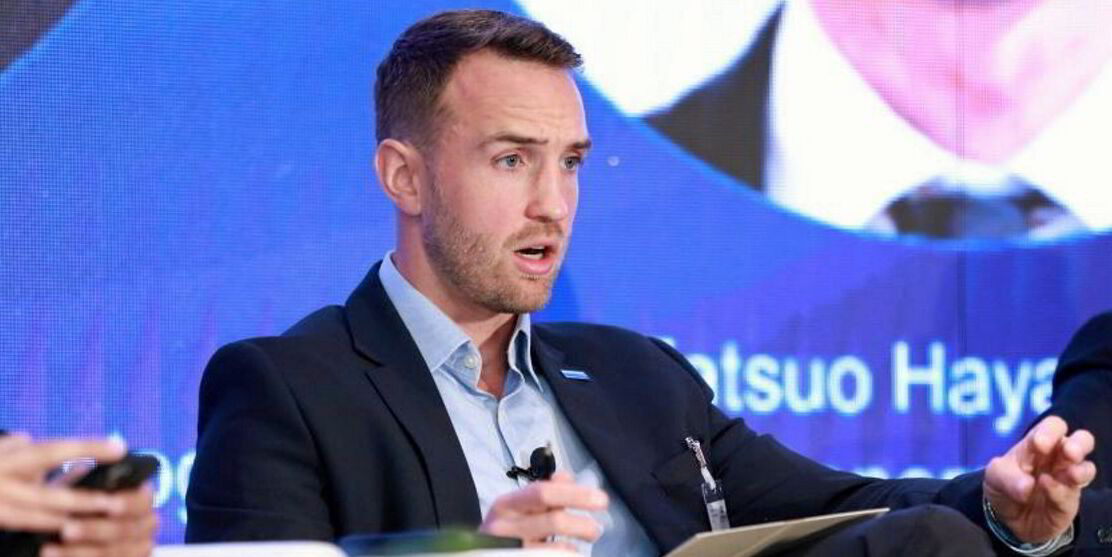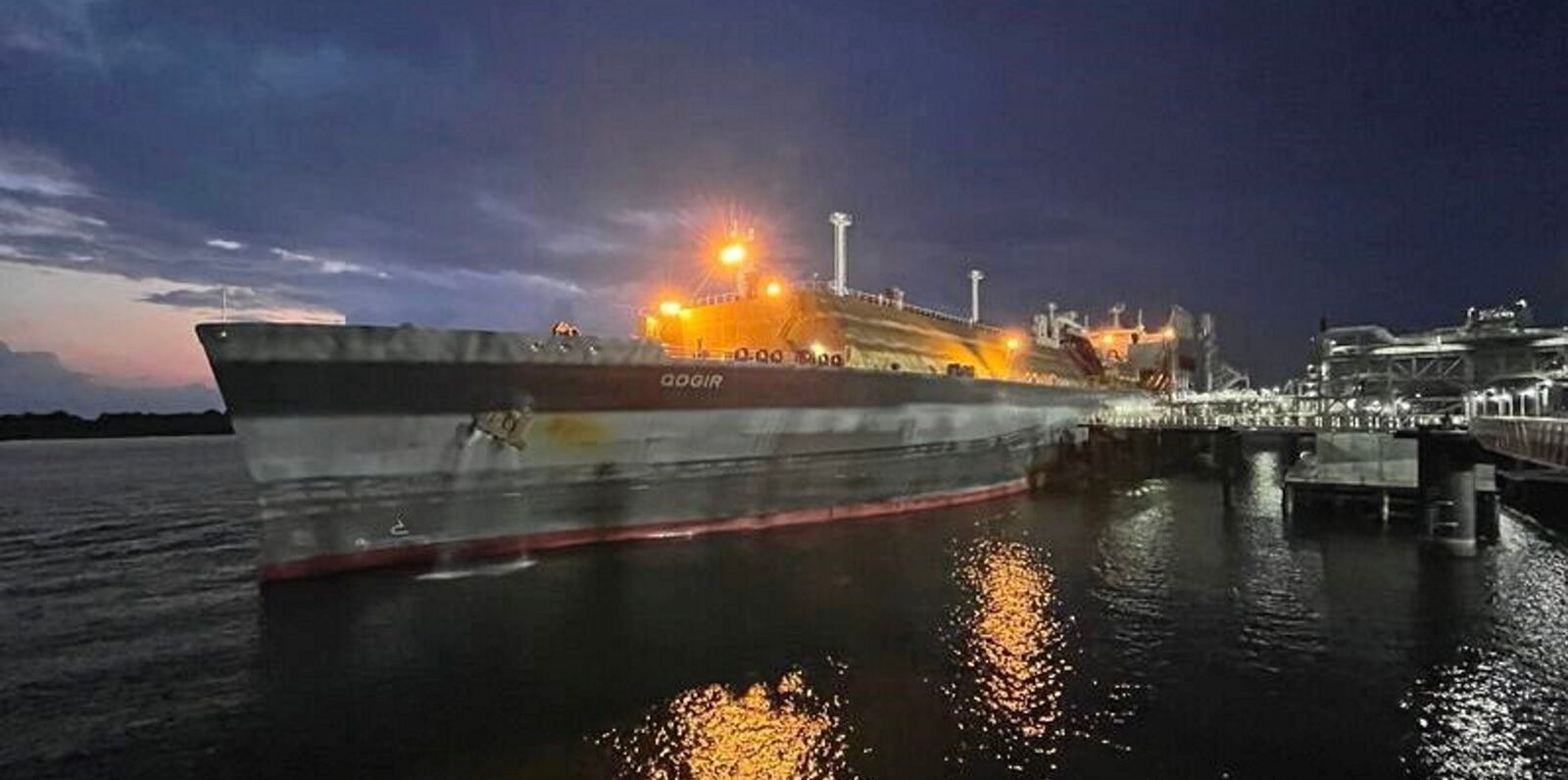A steady flow of LNG carrier newbuildings is expected to be ordered each year over the period through into the mid-2030s, and the current high prices for vessels may not be ready to fall back yet, according to classification society DNV’s gas carrier specialist.
Martin Sondre Cartwright, global business director for gas carriers and FSRUs at DNV, said that over the next five to 10 years we are likely to see between 40 and 60 vessels entering the orderbook per year, surpassing the annual average preceding the 2022 boom.
Cartwright said in an update posted on LinkedIn: “More tonnage is expected to be required post-2028 as new trade routes become more established, additional liquefaction projects are sanctioned and replacements of older/smaller tonnage take place.”
He said that the LNG orderbook is “already stretched”, particularly by QatarEnergy’s new QC-Max vessels of 271,000 cbm, pushing Hudong-Zhonghua Shipbuilding’s deliveries out to 2031.
Cartwright said Chinese yards will feature more in the LNG newbuilding market. Before the 2022 boom in vessel ordering, their market share was 9% but has already increased to around 30% in 2024.
He added that while this extra yard space could lead to lower prices for newbuildings — the price of a vessel has shot up from $185m to $265m in four years — shipowners should be “careful not to hold their breath”.
Cartwright cited the rise in container ship ordering, which he said could tip the supply-demand balance back in the yards’ favour.
In this case “predictions for prices to come down will start to look like wishful thinking”, he said.
Cartwright said 60 LNG newbuildings are due for handover in 2024, with higher numbers of deliveries — his figures show over 80 ships — due in both 2025 and 2026.
“The market is well supplied and relatively balanced and this is being reflected by a steadiness in charter rates,” he said.
The DNV gas chief reflected on whether a fourth type of propulsion system could emerge for the LNG carrier fleet — alongside the existing steam turbine, dual-fuel and tri-fuel diesel-electric and two-stroke systems.
“The question now is, will we see a fourth generation added to the LNG carrier fleet in the near term, with propulsion changes and modular designs becoming ever more popular in order to decarbonise and increase cargo capacity,” he said.

Cartwright said extra ways of reducing emissions for LNG carriers will need to be found in the future, despite the efficiencies already on offer.
“Like most segments during the boom years, this was largely ignored in 2022, due to limited yard space and higher costs,” he said. “However, the more settled newbuild environment of today should see more innovation.”
Cartwright speculated that these could include technologies to minimise methane slip, fuel cells, onboard carbon capture, and the use of bio-LNG and possibly hydrogen as drop-in fuels.
But he added that challenges around supply and extra costs will make this kind of fuel transition difficult.





